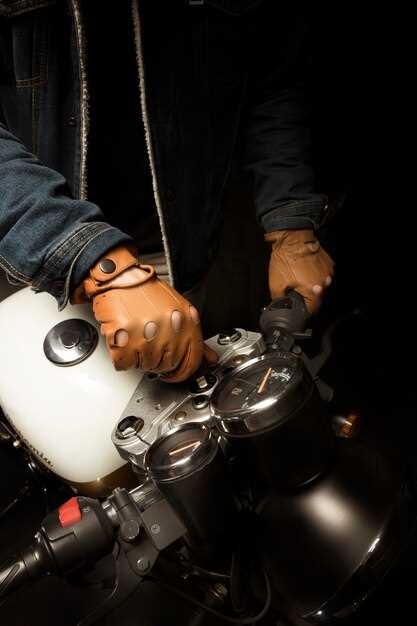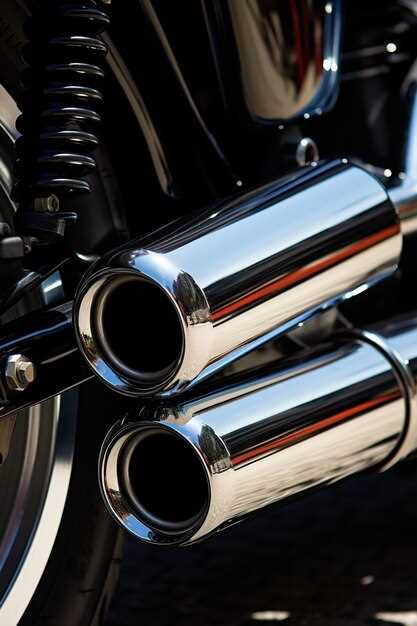
The downpipe is a critical component of a BMW’s exhaust system, significantly influencing both performance and sound characteristics. Upgrading to a high-performance downpipe can unlock the full potential of your engine, allowing for improved airflow, reduced back pressure, and enhanced turbo response. This modification is particularly beneficial for enthusiasts looking to maximize their vehicle’s performance capabilities and achieve a thrilling driving experience.
By replacing the factory downpipe with an aftermarket option, owners can expect noticeable improvements in horsepower and torque. The enhanced design often features larger diameter tubing and smoother bends, which facilitate better exhaust flow. This results in a more efficient engine operation, especially when combined with other performance upgrades such as a remapped ECU or an upgraded turbocharger.
Additionally, the sound produced by a high-quality downpipe can elevate the driving experience, providing a more aggressive exhaust note that many BMW enthusiasts desire. However, it is essential to consider the implications of such modifications on emissions and legality, as some aftermarket downpipes may not comply with local regulations. Overall, upgrading the downpipe is a strategic investment for those serious about achieving enhanced engine performance.
Selecting the Right Downpipe for Your BMW Model
Choosing the appropriate downpipe for your BMW is crucial for achieving optimal performance enhancements. Different models possess unique specifications that must be considered. To begin, identify the exact model and engine variant of your BMW, as this information dictates compatibility.
Next, assess your performance goals. Are you aiming for increased horsepower, enhanced throttle response, or reduced turbo lag? Different downpipes are designed for specific outcomes; for example, a catless downpipe will typically provide more power by minimizing exhaust restrictions, while high-flow catted downpipes balance performance with emissions compliance.
Material selection also plays a significant role. Stainless steel is commonly favored due to its durability and resistance to corrosion. On the other hand, titanium downpipes are lighter but may come at a premium price. Consider your budget along with performance expectations when making your decision.
Another important factor is the brand and reputation of the manufacturer. Established brands often invest in research and development, ensuring their downpipes deliver reliable performance improvements without sacrificing engine health. Examine user reviews and performance ratings to ensure you choose a reliable option.
Finally, verify whether additional modifications will be required to install the new downpipe, such as remapping the engine’s ECU or adjusting exhaust systems. Proper installation is key to maximizing the performance benefits of your new downpipe while maintaining overall engine integrity.
Installation Process: Tools and Tips for a Smooth Upgrade

Upgrading the downpipe on your BMW is a significant step towards enhancing engine performance. However, to ensure a smooth and efficient installation process, certain tools and tips are essential.
Essential Tools: Before starting, gather the following tools:
- Socket Set: A comprehensive socket set is crucial for loosening and tightening bolts. Typically, you will need sizes ranging from 10mm to 18mm.
- Torque Wrench: To ensure all fasteners are tightened to the manufacturer’s specifications, a torque wrench is necessary.
- Extension Bars: These will help reach difficult bolts, especially those located in tight spaces.
- Jack and Jack Stands: Safely lifting the vehicle allows access to the undercarriage, making the downpipe swap easier.
- Exhaust Hanger Removal Tool: This simplifies the removal of exhaust hangers, which can be stubborn.
- Safety Gear: Gloves and safety glasses should always be worn to protect yourself during the installation.
Preparation Tips: Proper preparation can make the installation process far smoother:
- Read the Manual: Familiarize yourself with both the BMW service manual and the downpipe installation guide. Knowing the specifications will help avoid mistakes.
- Allow Time: Set aside a full day for the upgrade. Rushing can lead to errors and oversights.
- Check Compatibility: Ensure your new downpipe is compatible with your engine model. Mismatched parts can hinder performance.
Installation Tips: Follow these tips for a smooth installation:
- Loosen Existing Components: Before removing the stock downpipe, loosen all necessary bolts to avoid damaging threads.
- Support the Exhaust: Use a jack or a support tool to hold the exhaust system in place while you work on the downpipe.
- Apply Anti-Seize Compound: Applying this to the threads of bolts can prevent future rust and make future installations easier.
- Check for Leaks: Once the installation is complete, start the engine and listen for any unusual sounds or leaks around the new downpipe.
Upgrading your BMW’s downpipe can lead to noticeable improvements in engine performance. By being properly equipped and following these installation tips, you can ensure a successful upgrade.
Measuring Performance Gains After Downpipe Installation

After upgrading your BMW with a new downpipe, it is crucial to assess the performance improvements achieved. The primary reason for this modification is to enhance exhaust flow, which can lead to several performance benefits such as increased horsepower and torque.
To effectively measure performance gains, several methods can be employed. Firstly, using a dynamometer (dyno) is the most reliable way to obtain accurate power figures. A dyno test before and after the downpipe installation provides clear data on the gains made in horsepower and torque at various RPMs.
Secondly, monitoring vehicle performance during real-world driving scenarios can complement dyno results. Observing acceleration times from 0 to 60 mph, quarter-mile times, and overall responsiveness can provide additional insights into the enhanced performance capabilities of your BMW.
Additionally, utilizing OBD-II scanners can help track engine performance metrics such as boost pressure, air-fuel ratios, and exhaust gas temperatures. These parameters can indicate the effectiveness of the downpipe in optimizing engine efficiency.
Lastly, user experience plays a vital role. Many BMW owners report subjective improvements in throttle response and engine sound post-installation, which while qualitative, can significantly affect the overall driving experience.
In summary, measuring performance gains after downpipe installation involves a combination of dyno testing, real-world performance observations, tracking key engine metrics, and considering user feedback. This comprehensive approach ensures you fully understand the benefits of your upgrade.



